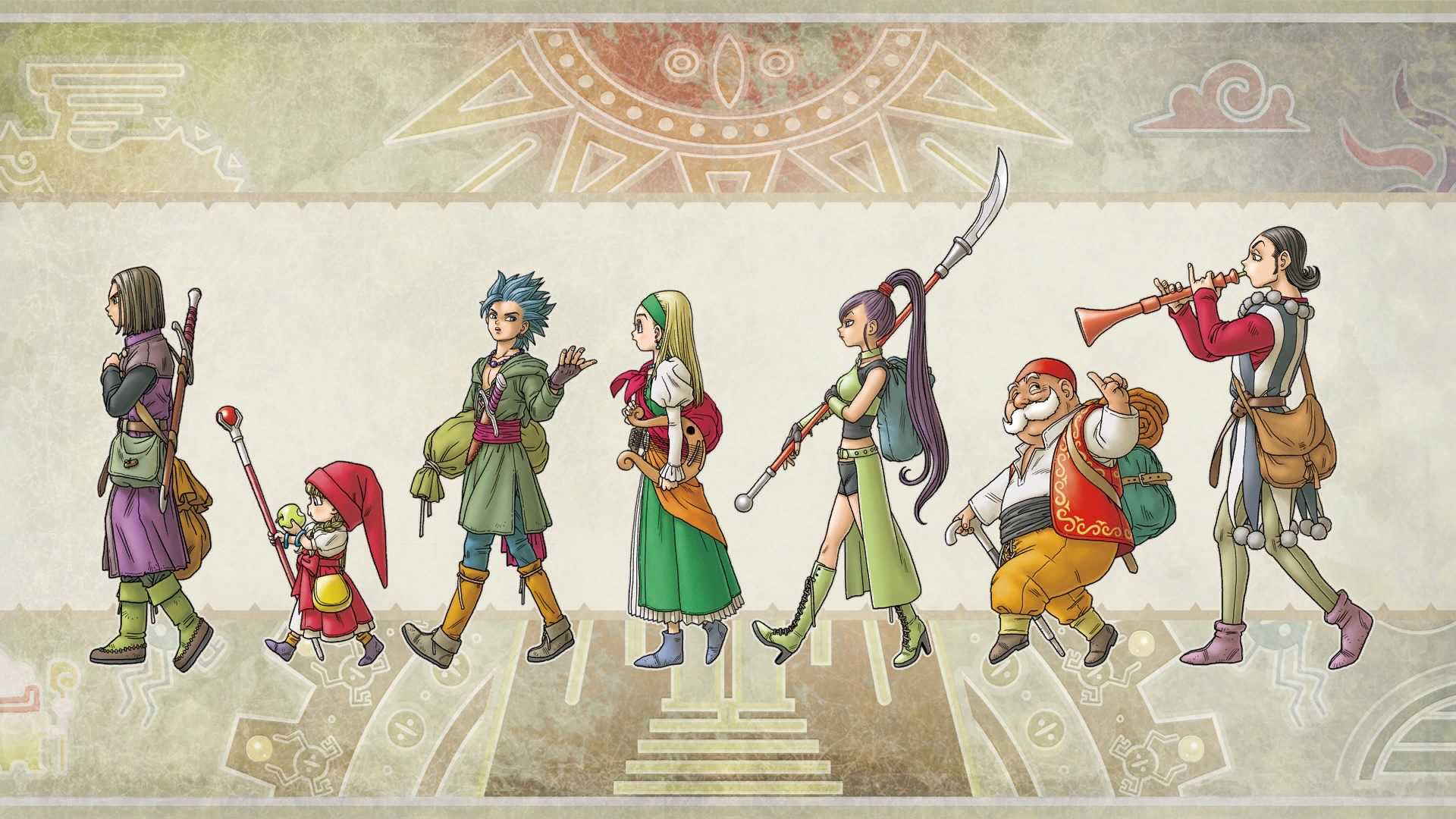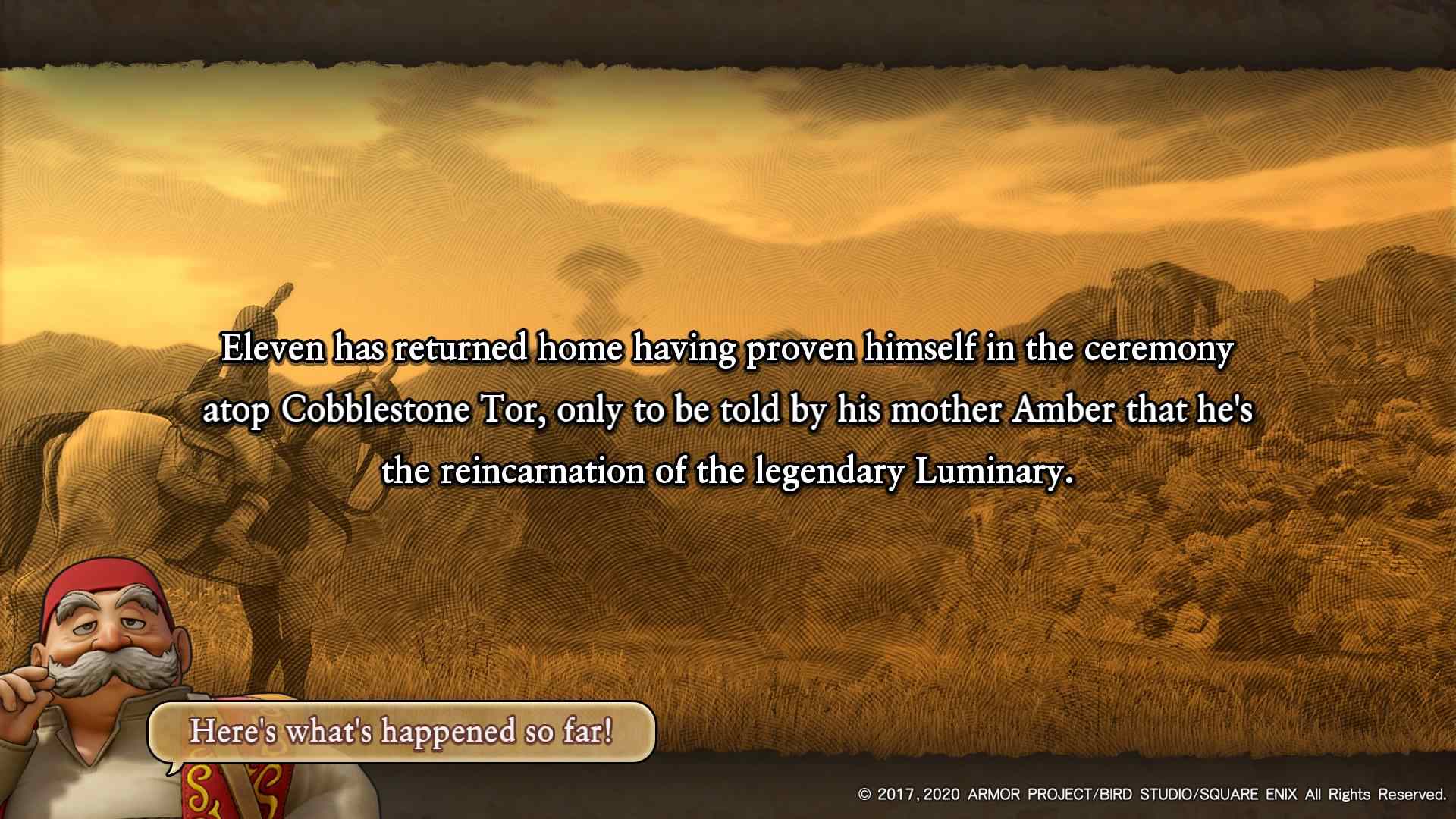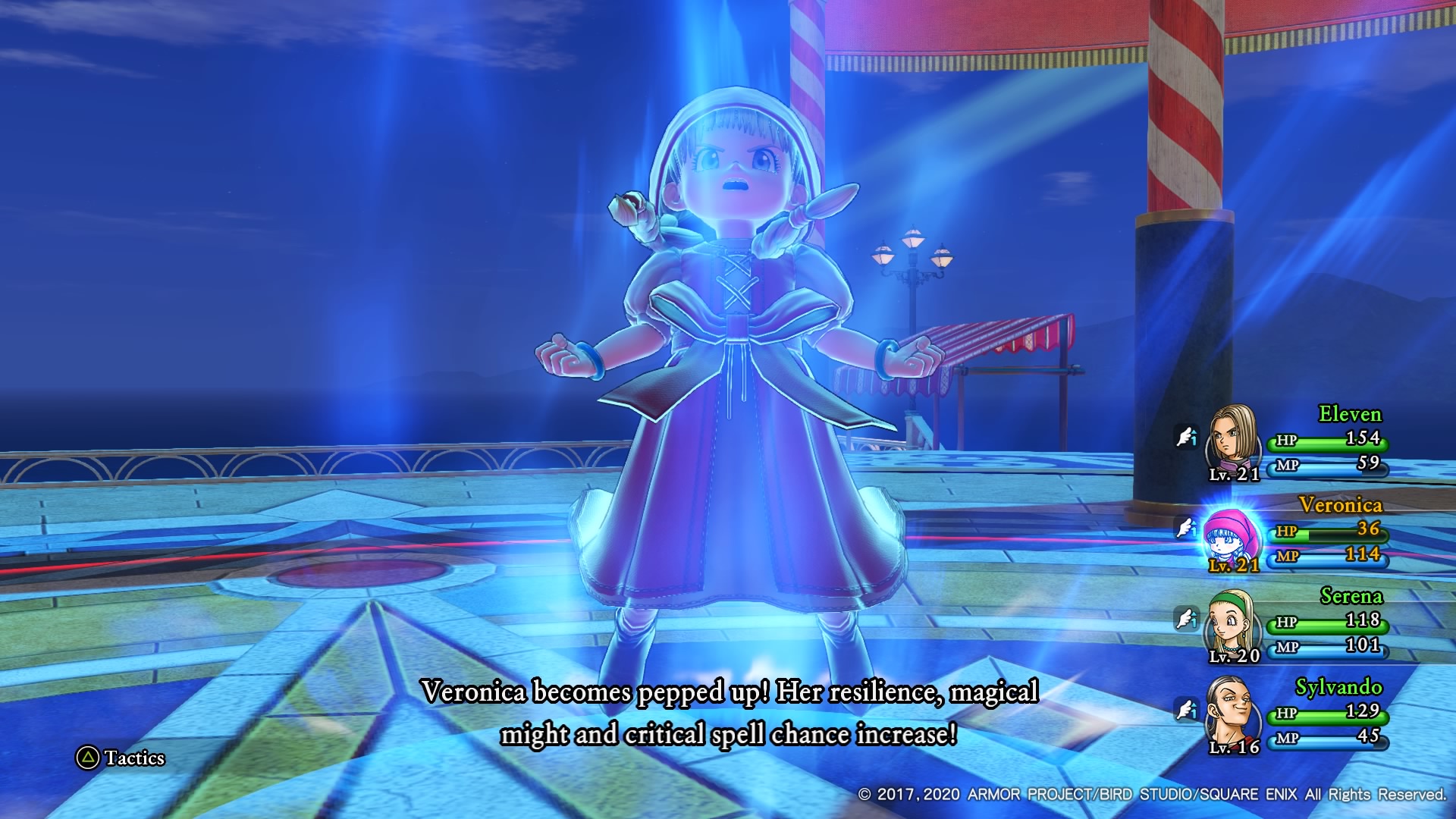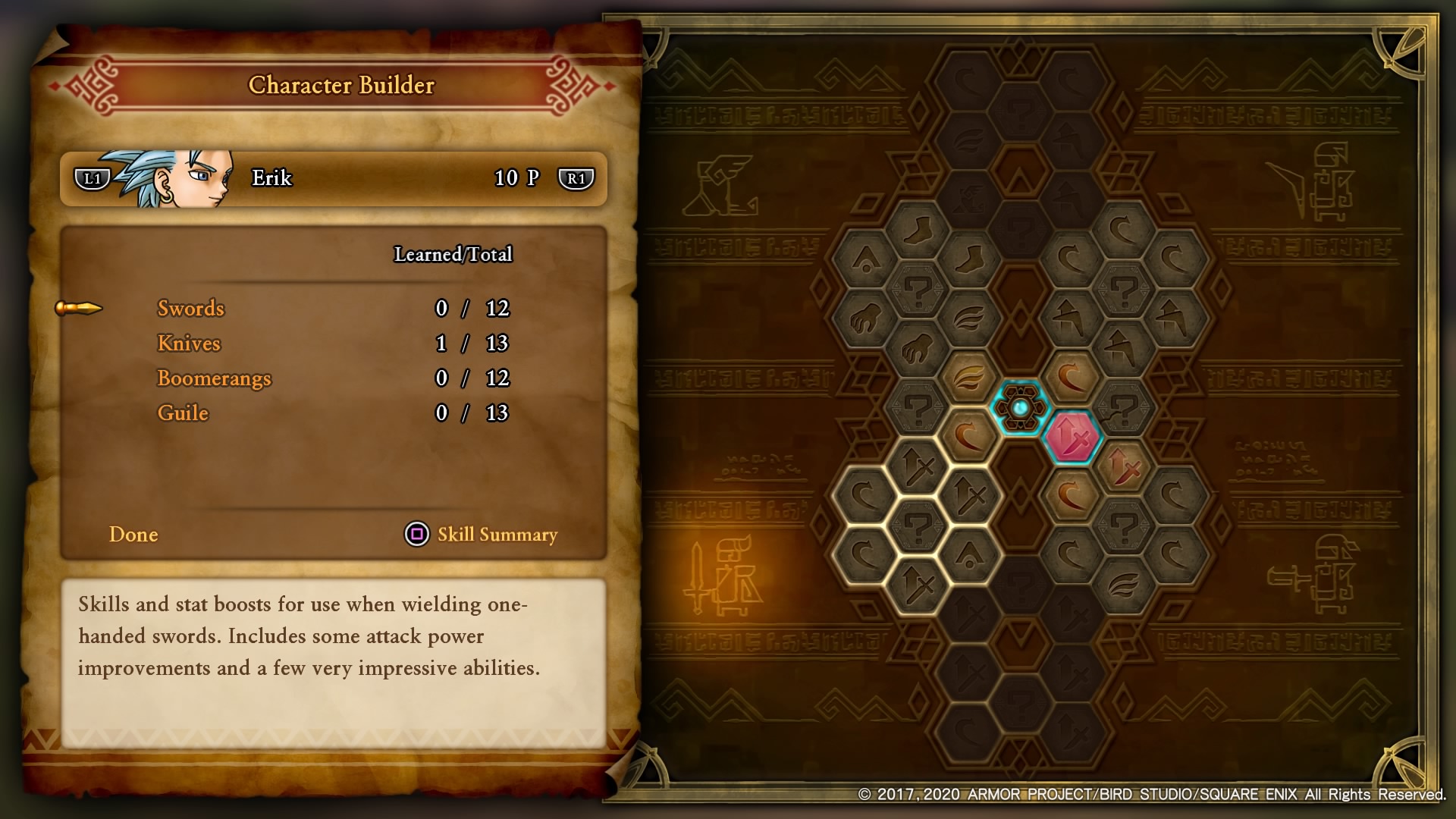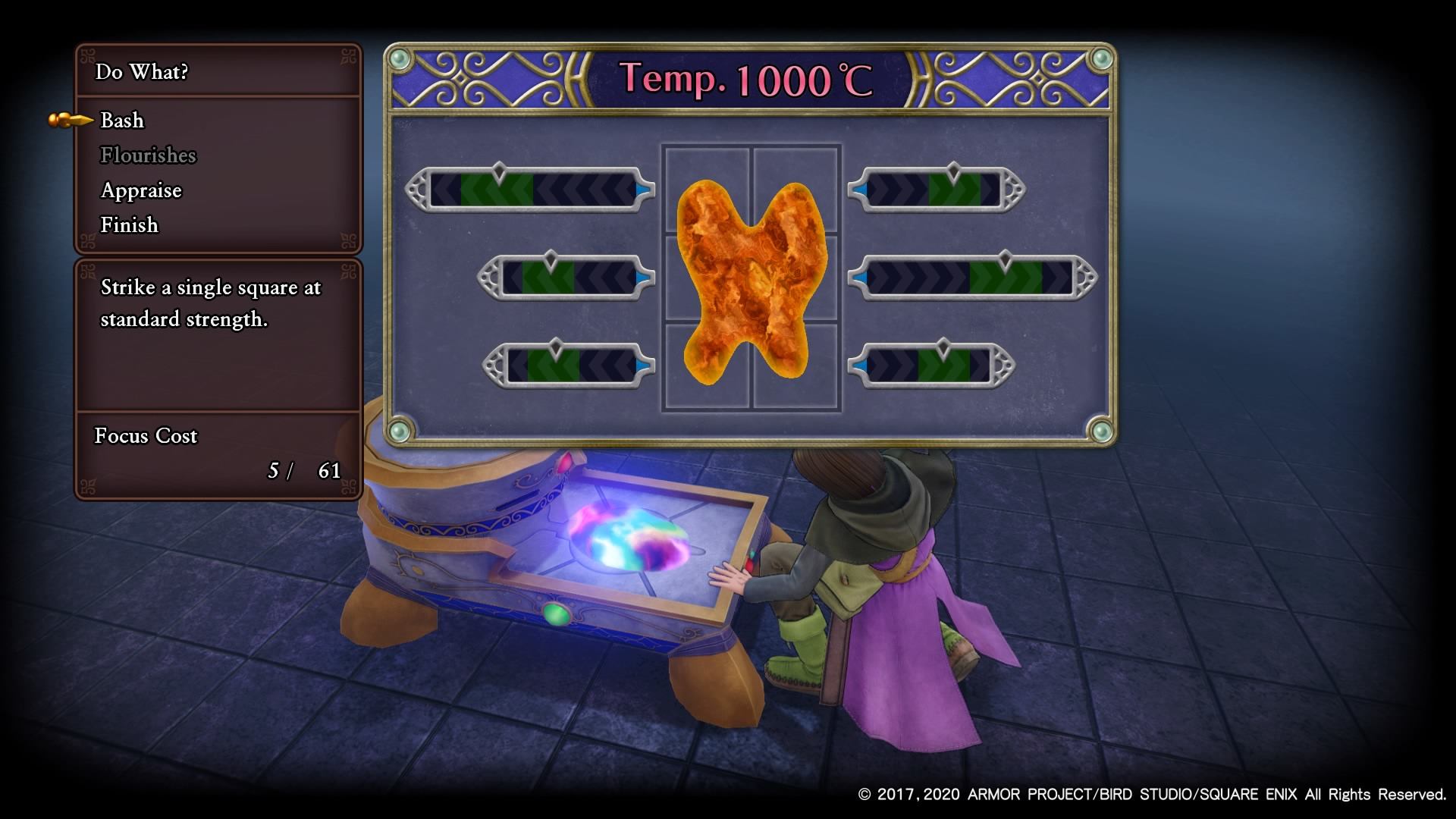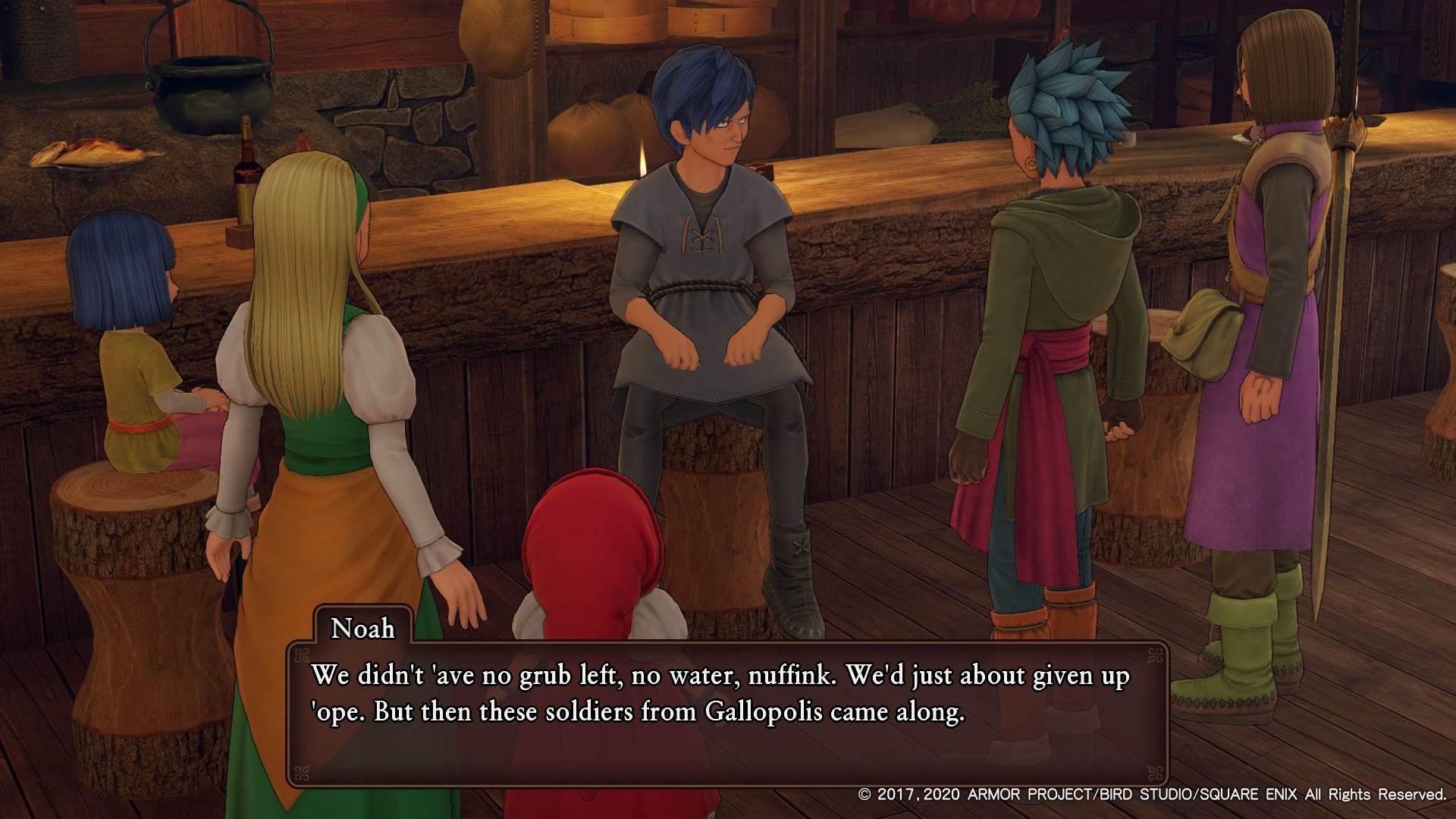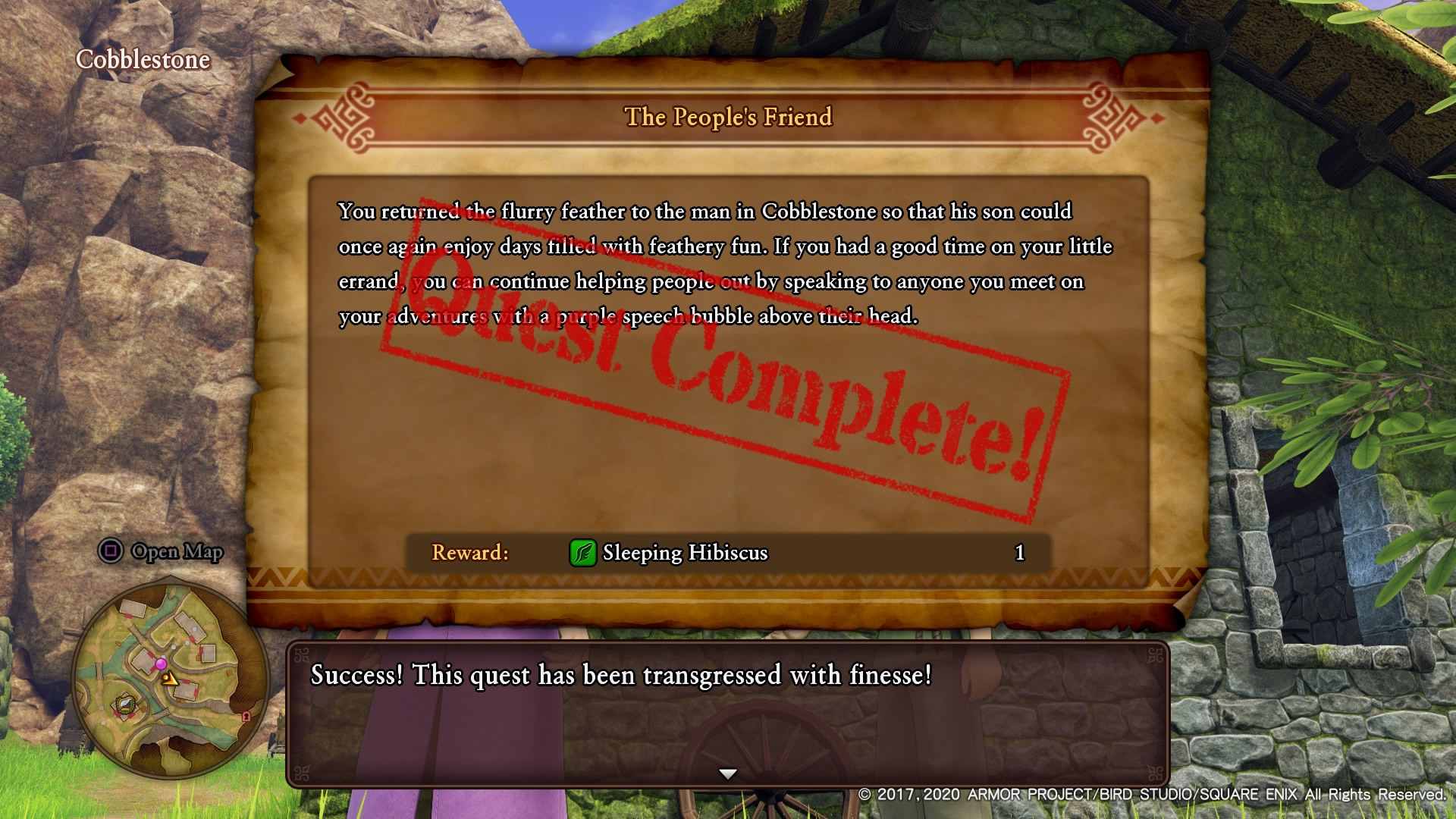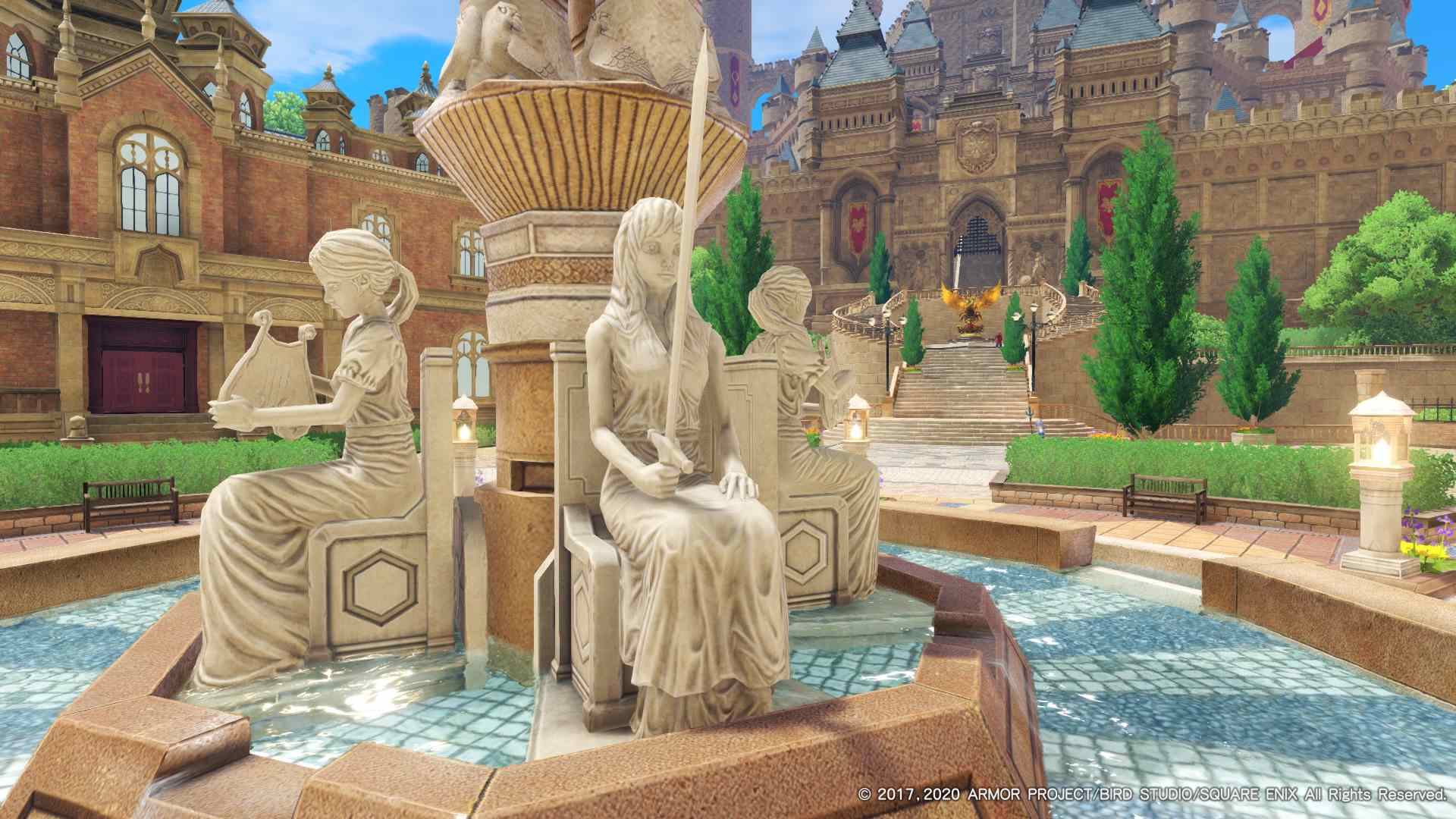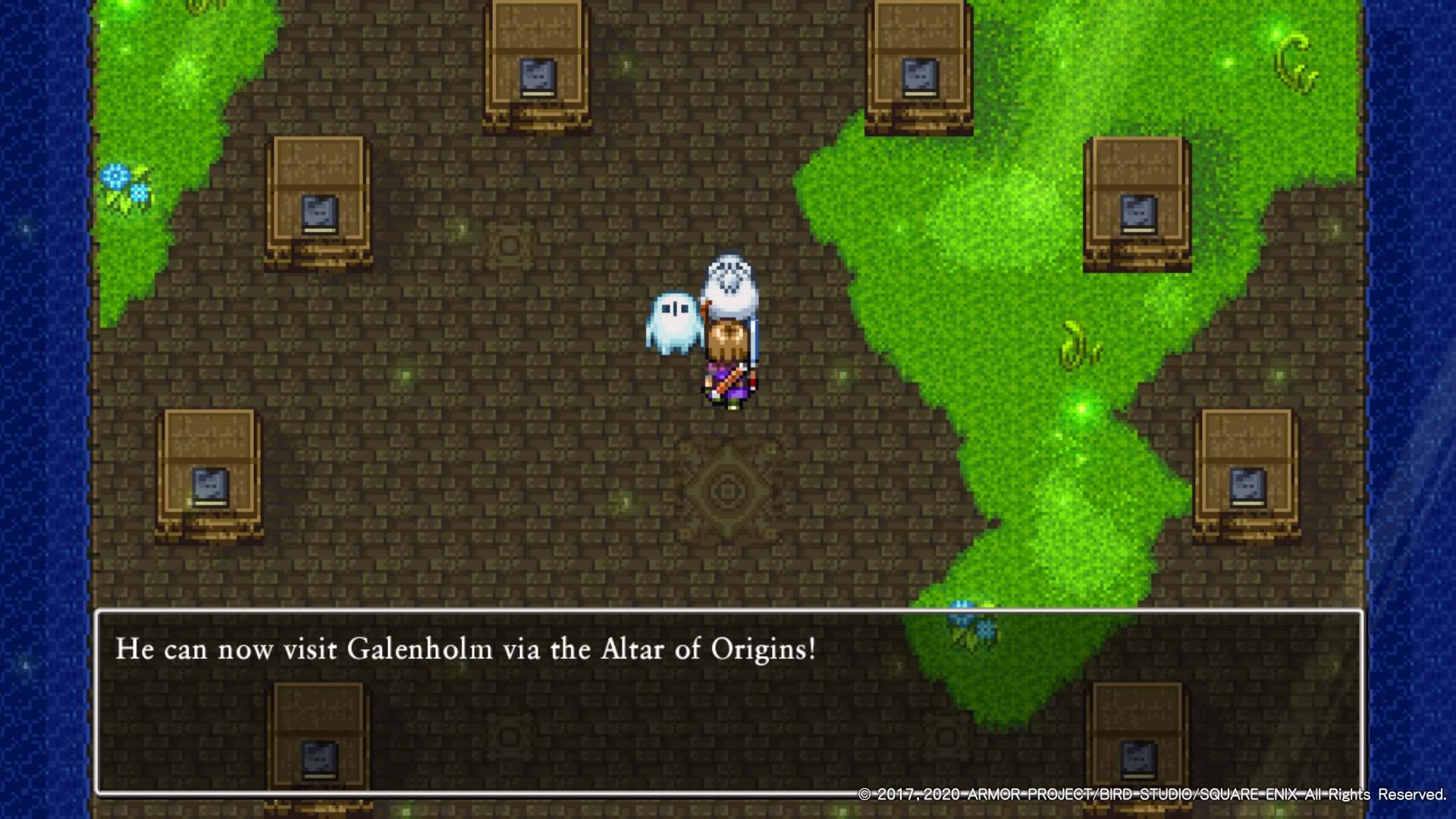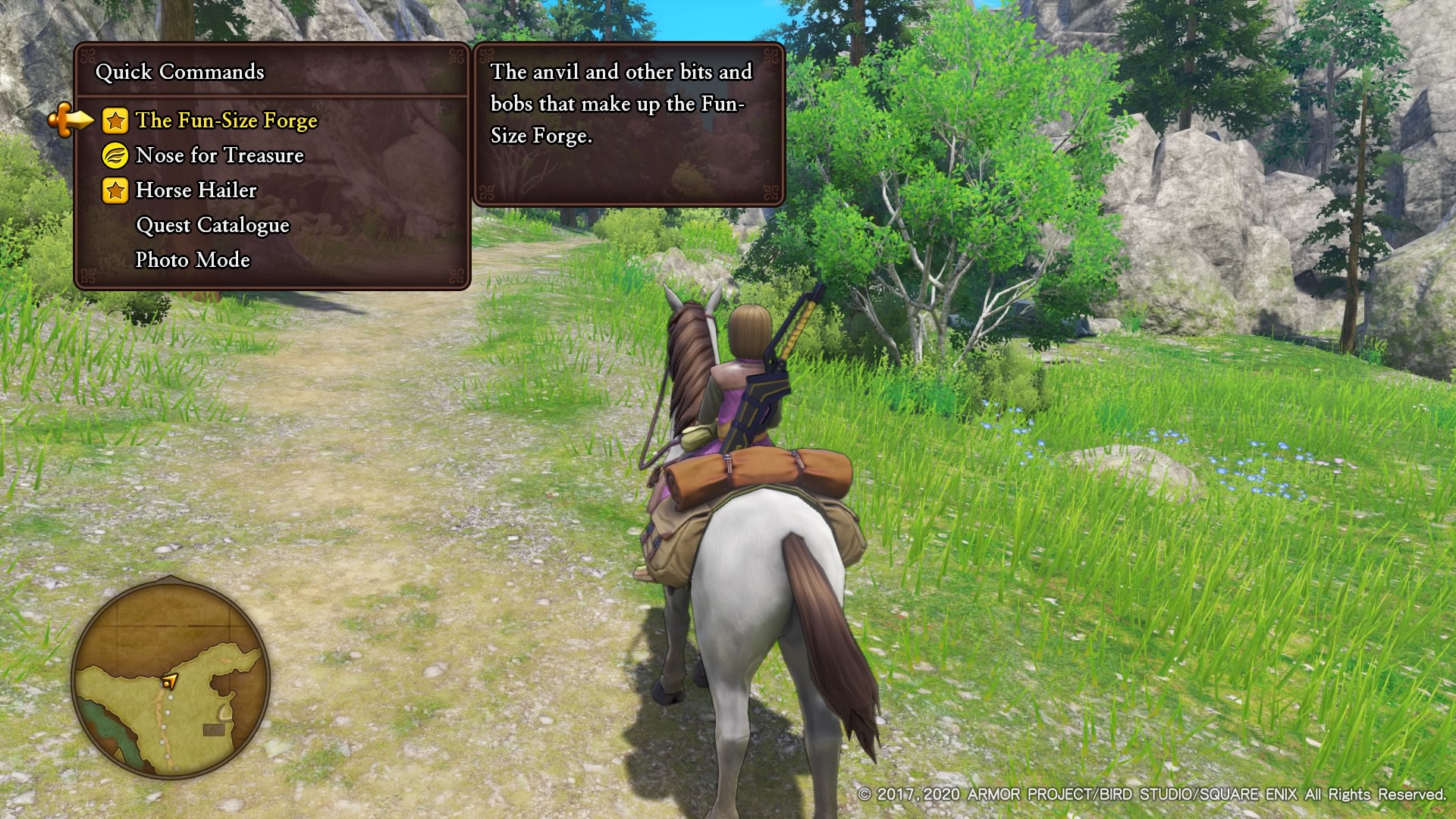Review: Dragon Quest XI S Definitive Edition – Nostalgic RPG experience at its finest
The Dragon Quest series is one that needs no introduction, especially to Japanese gamers. It’s immediately recognizable for its character designs by the legendary mangaka Akira Toriyama of Dragon Ball fame, very heavy fantasy elements like dragons (duh) and castles, the Slime monster which became the series’ mascot, and the legendary handed-down technique known as Puff-Puff (plus points if you know what it is). It’s an iconic RPG that has spawned numerous installments, which brings us to the latest in the series – Dragon Quest XI S: Echoes of an Elusive Age – Definitive Edition.
So yes, if you’ve been wondering, this is actually a re-release of a Dragon Quest game which came out back in 2017. Its been quite normal to make a few tweaks and slap “insert-awesome-sounding-adjective-here” Edition on any old game and re-release it, so the thousand peso question has got to be whether or not a 3-year old re-release is worth picking up now, especially for fans of the series that may have already gotten the vanilla game back then and enjoyed to the fullest… WELL, IT IS!
We could end the review with that statement but of course, what’s a review without the actual review?
Light and Darkness
The story of Dragon Quest XI S remains unchanged – You play as the hero known as the Luminary, who, along with your loyal companions, must fight and save the world from the Dark One. It can’t get any more straightforward than that, but the journey of the Luminary is filled with some pretty surprising twists and turns, and moments that are dramatic, funny, and endearing. Further enhanced by a cast of memorable characters, DQXIS boasts of an engaging tale that may take around 60 hours to complete depending on how you play.
While Sylvando was immediately the most noticeable for his flamboyancy, I was personally surprised by the very hot-tempered Veronica and was mesmerized by Jade who was breathtaking in beauty and fighting prowess. That’s not to say noble thief Erik, cheerful harpist Serena, and wise veteran Rab were forgettable, because they too had their moments that got me attached to them as well. The Luminary was truly blessed to have this cast of wonderful characters accompany him in saving the world.
I especially liked how whenever you return to the game from loading a save, you’re given a brief summary of the events which transpired. If you haven’t played for a while and decided to return to your save, these short summaries bringing you up to speed to what part of the story you’re in are a welcome feature to make sure you aren’t lost in the plot and lets you know where to go from there.
Some Things Never Change
My introduction to RPG’s was The Legend of Zelda III: A Link to the Past, then followed by Squaresoft’s Final Fantasy VI (III in North America) and is one of my favorite RPGs of all time alongside Chrono Trigger. You can say that I’m from a time when turn based combat and random encounters in console RPGs were the norm, traversing pixelated world maps and towns was the height of adventure, and grinding to raise your levels was part of the fun. That’s why playing Dragon Quest XI was a big shot of soothing nostalgia. It was old-school RPG gaming in modern consoles at its finest.
DQXIS implement mechanics like turn-based combat and random encounters, along with traversing wide open spaces and being able to navigate the world on a ship. While there was a noticeably linear path to follow because of the plot, it didn’t feel like a clear straight line as there was enough room to diverge from the main path and look around for possible hidden goodies.
There’s also the thrill of the battles themselves where often every action I chose needed to be planned to make full use of my party’s abilities, especially when I felt under-leveled. There was also the sense of suspense as you never knew exactly when the game’s Pep ability will activate. Basically, when certain conditions are met, your character will power-up ala Dragon Ball Z and enter a “Pep” state where they shine with a blue aura and their stats are enhanced. This state also gives the party access to special Pep abilities which are useable depending on the combination of who among your active characters are Pepped up. They’re also a source of some pretty amusing activation sequences to watch.
Every battle felt satisfying too as each win makes your character grow in stats through Experience and earns you gold to spend on equipment and items. Stressing on which items to stock on and grinding for money to buy the equipment you need for your characters is one of the fun aspects of playing an RPG for me and Dragon Quest XI made me feel it again. Not to mention there’s the thrill of choosing what kind of party to build.
The very first Dragon Quest game I was able to experience was part VIII – Journey of the Cursed King, so I already had some expectations of what I was getting into as that game had characters that could use more than one weapon type. The same mechanic is also here in DQXIS. The Luminary, for example, can choose to wield either a one-handed or two-handed sword while Serena can use either a wand and shield combo or a two-handed spear.
Tailoring the party to your preference was further exhibited by the Skill Tree each character had. Levelling up rewards characters with Skills Points that you can spend on each character’s grid which has different paths of specialization. In Jade’s case, you’re free to invest in skills enhancing either her effectiveness with Spears, Claws, or her Allure. You’re definitely free to experiment too because there’s an option to reset all your Skill Points to redistribute them at the local Churches, for a generous donation of course.
It wouldn’t be surprising if part of your time would go to trying out each characters to see which works best for you. While you may only use a party of four, inactive members get a share in the Experience Points won in a fight, so it’s also a good idea to check on characters you rarely use as they may have built up a huge number of Skill Points right under your nose. Not to mention that the complete defeat of your currently used party doesn’t mean a Game Over as your inactive members will all join the fray as a secondary party.
Part of the game is making sure you manage you party well, something that’s true for both old-school and modern RPGs, and will likely be the source of fun for some. It definitely was for me, as part of my habits was grinding enemies for money and making sure all my party members were properly equipped, and equipment here in Dragon Quest XI can get pretty pricey so you better hope you find a recipe for one of the nifty features of the game, the Fun Size Forge.
Dragon Quest XI has what’s called the Fun Size Forge which lets you craft equipment instead of buying them, though it will require you to hunt for recipes and materials to make them. What I didn’t expect was the neat little mini game that came with forging as managing temperature and bashing to reach certain levels may yield stronger equipment, or failure if you’re unlucky. There’s also that sense of excitement when you get a new recipe from various books and NPCs as some of these weapons and armors are decent alternatives to store bought equipment you might yet afford to buy. It will definitely make you want to search everywhere for recipes and crafting items.
Navigating the different towns felt very nostalgic in a gameplay sense. What I expected was towns would have the classic staples like inns, armor, weapon, and item shops, and churches to save your progress, and I got all these with each new visit. Each new place you visit is just big enough to encourage exploring for hidden items, and nothing screams old-school for me like simply barging into random NPC houses and opening chests or breaking pots for items.
Another nice detail I noticed in DQXIS was that the areas I visited felt diverse from each other because of the various accents. One minute you’re in a town where everyone has an Italian accent and next you’re somewhere where the citizens great you with “Bonjour!” It really made it feel you were travelling the world hearing these different accents. So much so that my one gripe was the accents were carried over to the written dialogue that it took some getting used to reading the lines of an NPC with a heavy British accent.
Part of the incentive to explore is finding different NPCs that may have Quests, which are scattered around each town you visit. These quests are lengthy enough, but don’t feel tedious. Some may need to be completed at a later time, as you may need to search for the requirements, but they’ll still be there on your list.
What is just as amazing is that all these old-school RPG mechanics are presented in such modern ways. It’s goes without saying that visually, Dragon Quest XI is a beautiful game. The towns are vibrant, with some sporting amazing structures and statues, and the townspeople look very lively. I may be used to seeing static NPCs in towns and while the random folks you see in towns here in DQXIS are not the pinnacle of cutting edge animation and they have scripted behaviors and actions, they still move with some fluidity that they feel alive, like musicians playing, or dancers strutting their stuff, to kids simply playing in the streets. They’re what I expected old-school RPG towns would look like with modern day technology.
The wide areas that serve as your battlefields are also vibrant and colorful. Even dreary places like caves and dungeons still look well-drawn, and they’re also full of dangerous, yet sometimes cute-looking, wild-life. These areas too are massive enough to encourage exploring as there may be passages leading to more items. Heck, you’re even able to ride some of your defeated foes giving you alternate traversing options, like an egg-like mecha that can jump to higher ledges.
I also have to gives props to the amazing cutscenes that you can watch throughout the game. Akira Toriyama’s iconic character designs never get old to watch, and they’re further enhanced by the fluidity of the action happening on screen. Even a lack of action was also fun to watch as the humorous exchange and dialogue between characters were fun to watch. Dragon Quest VIII on the PlayStation 2 was already pretty good, but XI trumps it for me in terms visuals and scope.
Worth the return trip?
It’s very possible that veterans may not consider getting this game again because it essentially has the same main plot, but a big incentive for returning players is definitely the added companion side stories to the game. Not to give anything away, let’s just say that there will be moments where you will NOT be taking control of the Luminary, but one of his companions, and these are chunky side stories that flesh out each one, letting players know more about them. This should be enough of an incentive, but these companion side stories are just the tip of the iceberg.
Another very neat feature is the ultimate nostalgia trip: to be able to play the entire game in glorious 2D, complete with pixelated characters and static movements. It’s basically going back to Dragon Quest’s roots. While it would be a crime to not play the game and bask in the beautiful 3d graphics, veterans who would want to experience the game in this optional perspective is a welcome feature, especially to those who’ve been following Dragon Quest for a long time.
The nostalgia trip doesn’t end there, because another new feature to this Definitive Edition is the 2D exclusive town of Tickington. Throughout the game you may come across small ghost-like beings called Tockles. Basically, they’re supposed to be the keepers of order and make sure events go as their supposed to. Think of these cute little blobs like friendlier versions of Final Fantasy VII Remake’s Whispers.
They won’t force events to go as they’re supposed to, but they will actually ask for the Luminary’s help to restore order in time, and during events in past Dragon Quest games at that. Yes, in Tickington, you will be able to visit the series’ previous games to finish a certain quest, all in classic 2D. While the nostalgia didn’t hit as hard since I never played all the past games, the lone oasis in the desert quest which let me revisit Dragon Quest VIII was a treat.
These are the major incentives to go through DQXIS again, but that doesn’t mean the other new features are any less enticing. On one hand, there is now a quick command menu where you can instantly access the Fun Size Forge along with some neat new mechanics like being able to check the number of treasures in an area, and also a Horse Hailer. Basically you’re no longer limited to these features at the camps. There’s also now an ultra-fast battle option so returning players who prefer to speed up their grinding can do so.
There’s also a cosmetics option that, after gaining a certain item, lets you customize your party’s costumes retaining your preferred equipment perks. There’s also the option now to switch between Japanese and English voices as well as toggle the music between synthesized and orchestrated versions, depending on your preferred hearing pleasure.
And probably my most favorite feature was that this Definitive Edition now had a Photo Mode. If there’s anything that Ghost of Tsushima and Marvel’s Spider-Man made me kill some time on, it’s taking some pics. While the DQXIS Photo Mode isn’t as extensive compared to those two, its edge is definitely being able to let the party look at the camera and do some random actions like waving and posing.
What We Liked:
- Engaging story
- Memorable characters
- Amazing cutscenes
- Fun combat
- New features in the Definitive Edition
What We Didn’t Like:
- Recycled character models
- Accent in written dialogues take some getting used to
Verdict: Buy It!

DQXIS deserves to be called Definitive. Not having played the vanilla version, the quality of life improvements present in the game make it hard to ignore, and even the 2D mode and companion side stories really take the cake in terms of adding value to an already fantastic title. If you haven’t played Dragon Quest XI, this is definitely the version to get.
Returning players, if you haven’t dusted off that game for a while, this new version is not a bad deal too considering its brand new price on the PS4 starts at P1,750. And you’re getting a whole lot more compared to the vanilla. There’s a reason why Dragon Quest is a beloved RPG franchise, and this latest installment continues that tradition. Dragon Quest XI S – Definitive Edition is truly the best version of an already great RPG, and deserves a place in any RPG fan’s vast library even if you’ve already played the original.
*Dragon Quest XI S – Definitive Edition was reviewed on a PS4 Pro via a review code provided by the publishers.

